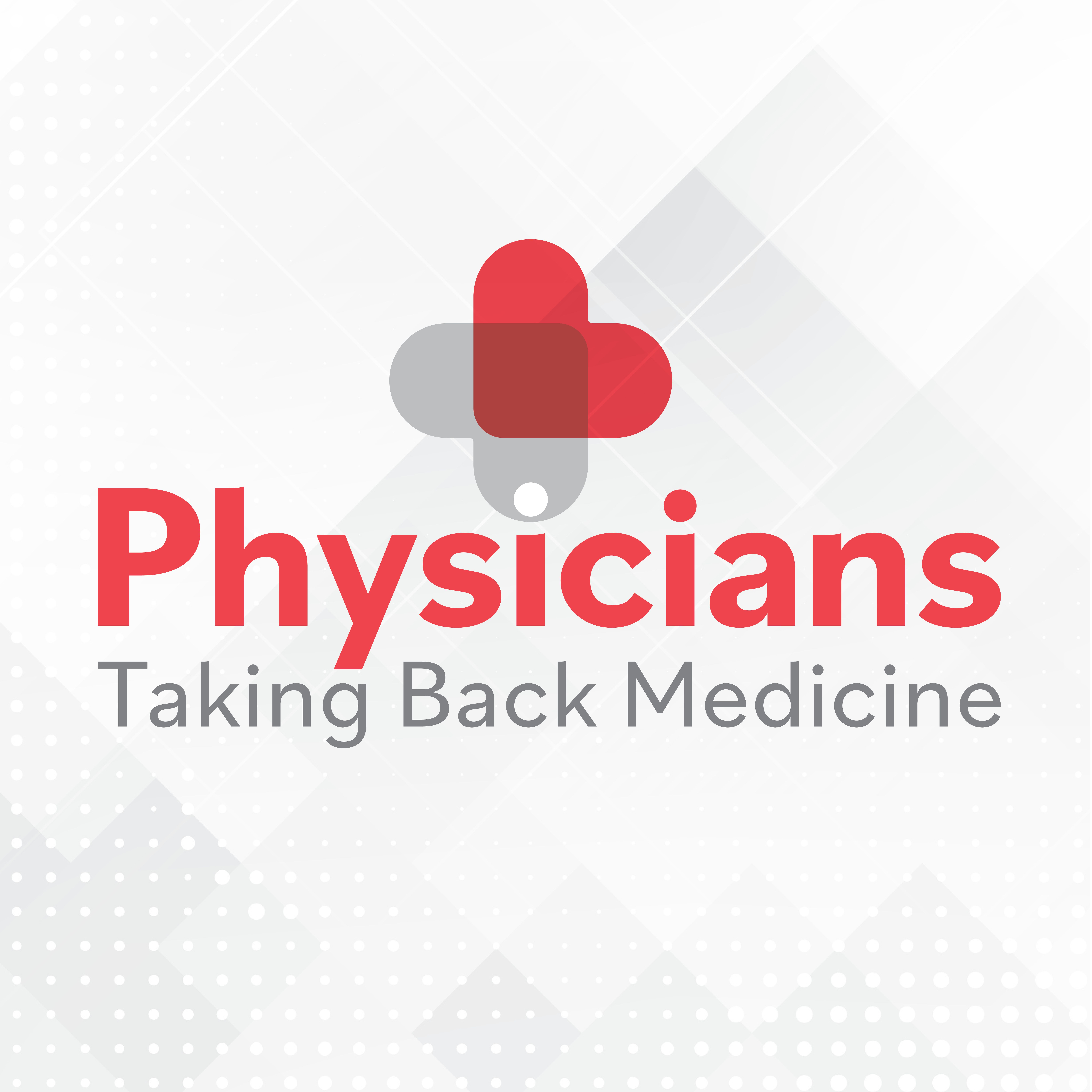Blog
Article
Getting it right the first time: The importance of thorough medical credentialing
Author(s):
The importance of a thorough credentialing process cannot be understated.
© Csaba Deli - stock.adobe.com

Finding and retaining quality medical talent is a continuing challenge for hospitals, healthcare facilities, or medical practices. Competent, motivated and ethical clinicians are needed more than ever in today’s clinical space. Yet, many health care entities fail to ensure that a new hire is thoroughly and securely vetted before employment, creating significant compliance risks for their organization.Medical credentialing is a crucial process in healthcare, ensuring that all healthcare professionals meet the necessary qualifications and standards to provide quality patient care.
What is medical credentialing?
Medical credentialing is the process of verifying that healthcare professionals have the necessary qualifications, training, and experience to provide patient care. This involves a thorough review of their educational background, professional experience, licensure, certifications, and any history of malpractice or disciplinary actions.
The importance of a thorough credentialing process cannot be understated. Failure to conduct rigorous and meticulous onboarding for new providers can create potential liability and civil penalties, along with a tarnished reputation for any healthcare facility.
Compliance risks: Background, education and training
The first goal of any healthcare employer taking on new clinical staff is to confirm that the new hire has the requisite background, training and education to perform their tasks competently and professionally. A thorough credentialing process will document and verify professional education, including medical degrees and the successful completion of residency and fellowship programs—a vital first step in ensuring that providers have the required acumen and skills to deliver safe and effective care.
Credentialing organizations must also confirm that healthcare providers hold valid and unrestricted licenses to practice medicine. This means not only verification of full and unrestricted licensure by the applicable state licensing board, but also a review of the National Practitioner Data Bank (NPDB) website, to look for any history of adverse actions taken by any law enforcement or regulatory authority or hospital medical staff. This should be coupled with a complete and thorough criminal background check, including searches for any criminal arrests, indictments, convictions or incarceration, in addition to any disciplinary actions, malpractice claims, or adverse events related to a provider’s clinical practice. For physicians or dentists, credentialing also involves ensuring that they maintain current, unrestricted privileges to practice at specific hospitals or healthcare facilities. A solid background check will include searches of sex offender registries, criminal history, regulatory (federal and state) authorities and federal payor exclusion lists, along with a pre-employment drug test.
It is equally important that employers verify the status of all certifications (including specialty certifications), or accreditations claimed by the provider. It is not unusual for a provider to list on their CV that they obtained board certification in a medical specialty but fail to include the fact that the specialty certification that they have included in their CV is no longer current.Valid licenses and certifications are not only required by law, but they are also often requested by third-party payers, regulatory or law enforcement investigators, and sometimes, even patients.
Legal risks: Employment contracts and restrictive covenants
While a rigorous credentialing process ensures that an incoming provider possesses the clinical skills, experience, and adherence to professional standards required for the job, it is important to address any potential legal problems which may accompany the new hire. Best practices in the hiring process include checking the appropriate court dockets for any civil claims against the new hire. While medical malpractice actions can readily be found on both the NPDB and licensing board websites, claims against the potential employee involving failure to satisfy a debt, assault, or other civil claims should be concerning to a healthcare employer.
Taking on a new employer means ensuring that no other legal “baggage” accompanies the new hire from a contractual standpoint. Specifically, provider employment contracts commonly contain restrictive, or non-competition covenants prohibiting a provider from competing against his or her former medical practice within a specific geographic area, for a specific amount of time after the relationship with the practice has ended. All new employees must be asked if their employment agreement with their past employer contains such restrictive covenants. Failure to do so can result in an action being taken against the new employer (along with the new hire). Being named as a defendant and/or being the subject of a court-ordered injunction is not the ideal way to begin a new employment relationship.
In addition to carefully checking the terms of a new hire’s current employment contract, it is just as important that a healthcare employer ensures that its own employment contracts for new hires are carefully drafted. All documents requiring the employee’s signature and consent must be signed by the employee, with the original copies filed and retained by the employer. An unsigned contract is an invalid contract and accordingly, unenforceable.
Impairment concerns
Every healthcare employer is understandably concerned about hiring a provider with a history of drug or alcohol abuse. While all employers seek to have a workplace free of drug- and alcohol-related problems, the Americans with Disabilities Act (ADA) prohibits employers with 15 or more employees from discriminating against the disabled, including individuals who are recovered or recovering alcoholics or drug addicts. Such individuals are considered disabled under ADA guidelines. For that reason, it is illegal to simply ask a potential employee if they are addicted to drugs, have used or been addicted to drugs, or if they have ever participated in a drug or alcohol rehabilitation program.
However, it is lawful for employers to ask, generally, if there exists any current mental or psychological condition which would impair their ability to practice safely and effectively. In addition, questions regarding the current use of illegal drugs are not prohibited. Thus, whether an applicant currently uses illegal drugs, the types of illegal drugs they use, and whether they have ever been convicted for any drug or alcohol activity, including the sale of illegal drugs, or driving while under the influence, are all fair questions.
Get it right the first time: The path to reliable healthcare
In sum, careful and scrupulous medical credentialing is crucial for maintaining healthcare standards, ensuring patient safety, and holding providers accountable. As an essential component of risk management, the credentialling process, like medical documentation, must be performed correctly, each and every time. All healthcare employers must have the right team in place to perform conscientious, careful screening of new clinical hires so that no stone is left unturned in vetting and screening. All HR staff should be fully trained in the proper screening process to reduce organizational risks, while still ensuring a fair and inclusive hiring process that culminates in the hiring and retention of quality clinicians.
Alex Keoskey, a partner in Frier Levitt’s Life Sciences group, focusses his practice on healthcare litigation and complex regulatory compliance issues, including complex litigation involving Pharmacy Benefit Managers (PBMs). His diverse clientele includes physicians, pharmacies, dentists, nurses, hospitals, healthcare facilities, and nursing home owners, operators and administrators.





